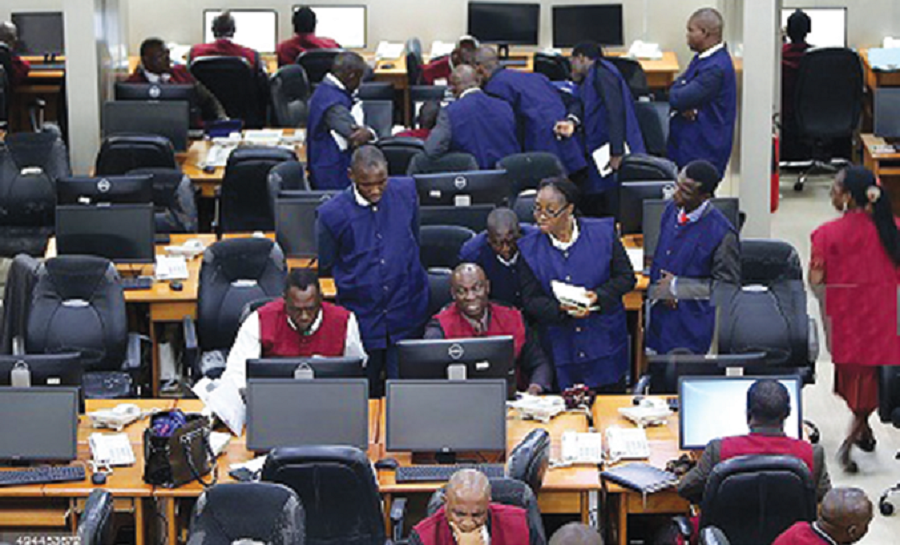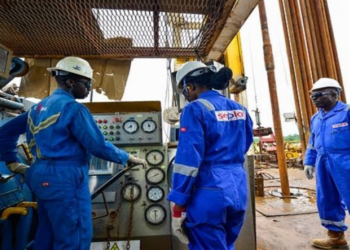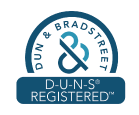The Nigerian Stock Market has been witnessing a downward spiral this year. The Nigeria All-Share Index, which opened the year at 31,430.50 points ended the week of August 2, 2019, at 27,630.46 points. This represents a 3,800.04-point decline in the All-Share Index, or 12.09% decrease.
READ: Only 2.43 million Bitcoins left for mining
The number of days that the index was down far outpaced the number of days it was up on a year-to-date basis. There is no indication that the drop will stop any time soon. One good thing about the stock market generally is that it is possible to profit from the market irrespective of what direction it is going.
This is true in markets with the infrastructure and mechanism to trade the market in whatever direction. In advanced markets like the United States Stock Market, investors can use short selling methods, or the use of derivatives like options (puts and calls) and equity futures to profit from falling markets. In such markets, investors could short sell those securities they expect the prices to fall further. They could also buy puts or sell call options on equities.
[READ MORE: ASI falls below 28,000 points due to sustained sell offs]
Unfortunately, the Nigerian market does not provide investors with such opportunity or infrastructure or financial products with which to profit from falling market trends via short selling or the use of derivatives. Given the lack of financial instruments to take advantage of falling market trends, how can investors profit from such a trend?
READ: Why PZ Cussons and Unilever import palm oil despite presence of local producers
Dollar-Cost Averaging
One way that investors can profit from the falling market without using derivatives is through the use of dollar-cost averaging. The dictum in stock trading has been to buy low and sell high, but with dollar-cost averaging, you end up buying low, lower and lower and then selling high.
READ: Okomu Oil: Home is where the heart is
What Is Dollar-Cost Averaging? Dollar-Cost Averaging is an investment strategy where an investor buys or invests a fixed amount of money into stocks or funds at regular intervals. Basically, with Dollar-Cost Averaging, the investor averages the money he or she intends to invest over time. In that case, rather than buying a lump sum amount of a given stock, you buy a little bit of the stock at regular intervals as the price ebbs and wanes.
[READ ALSO: After securing funding, how does an investor profit from your startup?]
How Dollar-Cost Averaging Works
Assuming that you are interested in Okomu Oil Plc, having thought that the demand for palm oil will increase in the future and you anticipate the price of Okomu Oil Plc to increase. Let’s say you have N90,000 to invest in that security, you have the option to buy N90,000 worth of Okomu Oil plc at the current price or buying in piecemeal.
In that case, you will buy 1,181 shares of Okomu Oil Palm if you invested that amount in January when the price was N76.2. However, given the downward trend of the market, you could decide to buy N90,000 worth of Okomu Oil Palm shares over a period of time, say 8 months, by investing N11,250 on the first day of each month.

Using the above graph of actual prices for Okomu Oil Palm, if you decided to invest N90,000 at once on the first trading day of 2019, you would have bought at N76.2, getting approximately 1,181 shares. On the other hand, using Dollar-Cost Averaging over an 8-month period of N11,250 per month investment, you would have bought at N76.2 in January for 147.64 shares, at N82 in February for 137 shares, at N80 in March for 140.63 shares, the same for April since the price did not change, for May, June and July, you would buy at N72, N74 and N64 respectively for 156, 152 and 175 shares respectively.
READ: Why you should Naira Cost Average your Investments
By August, you would have accumulated 1,266 shares with the same N90,000. At a closing price of N52, as at August 1, the 1,181 shares you bought in January with N90,000 at N76.2 per share would be worth N61,417.32, giving you a performance return of negative 32%. On the other hand, the 1,266 shares you acquired using Dollar-Cost Averaging would be valued at N52 per share for a value of N65,857.34, which yields a return of negative 27%. Though both yielded negative returns, the dollar-cost averaging strategy yielded a better return.
READ: Understanding currency trading and its dynamics
Drawbacks of Dollar-Cost Averaging
Dollar-Cost Averaging works best in the falling market, not as good in a situation where the market trends sideways and does not do good in a rising market. Most of the advantages of dollar-cost averaging come with its ability to help investors manage volatility. It also helps investors to avoid mistiming the market and takes emotions out of stock trading.
On the downside, because dollar-cost averaging entails frequent trading, investors may incur more trading costs.
[READ FURTHER: Why Warren Buffet prefers not to pay Dividends]



















